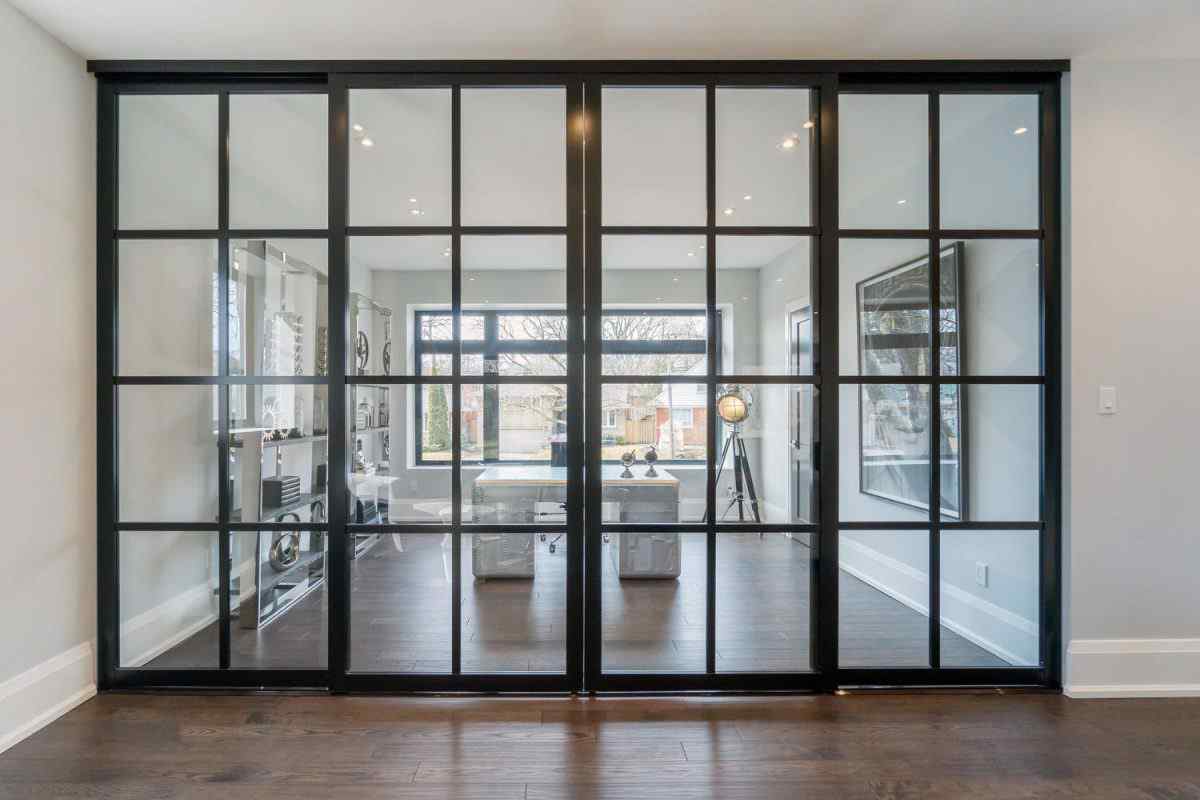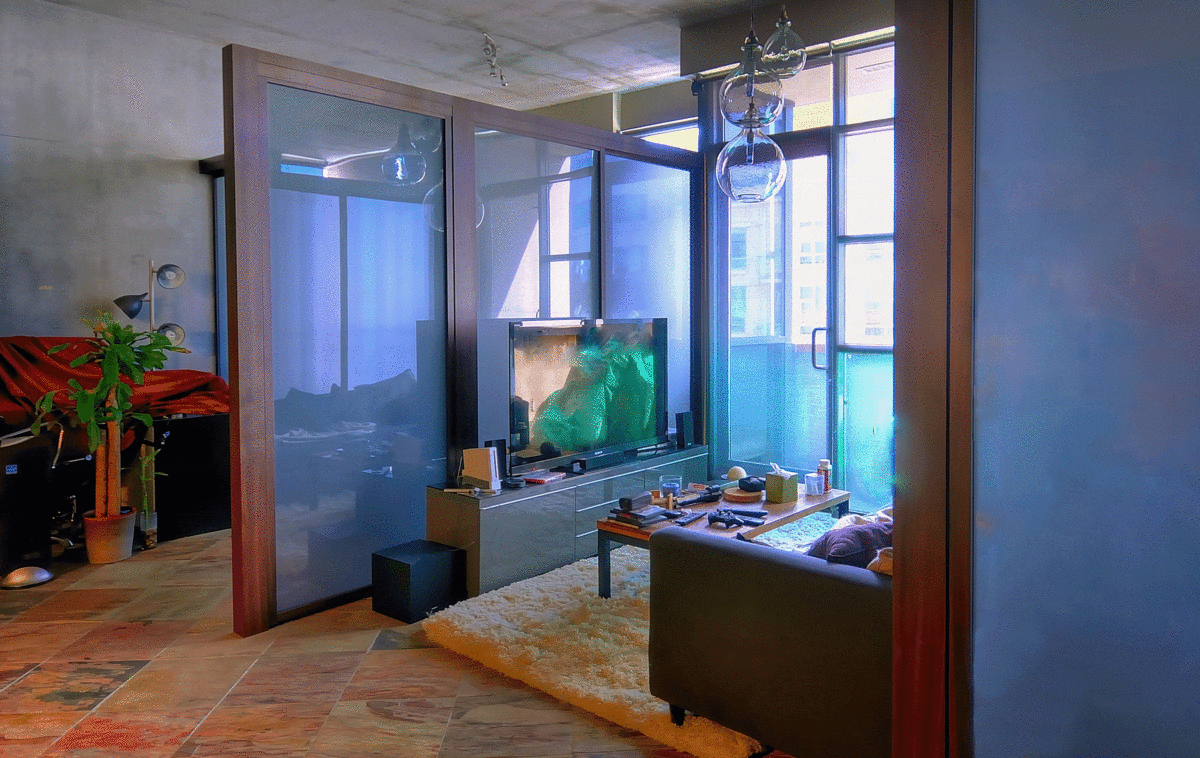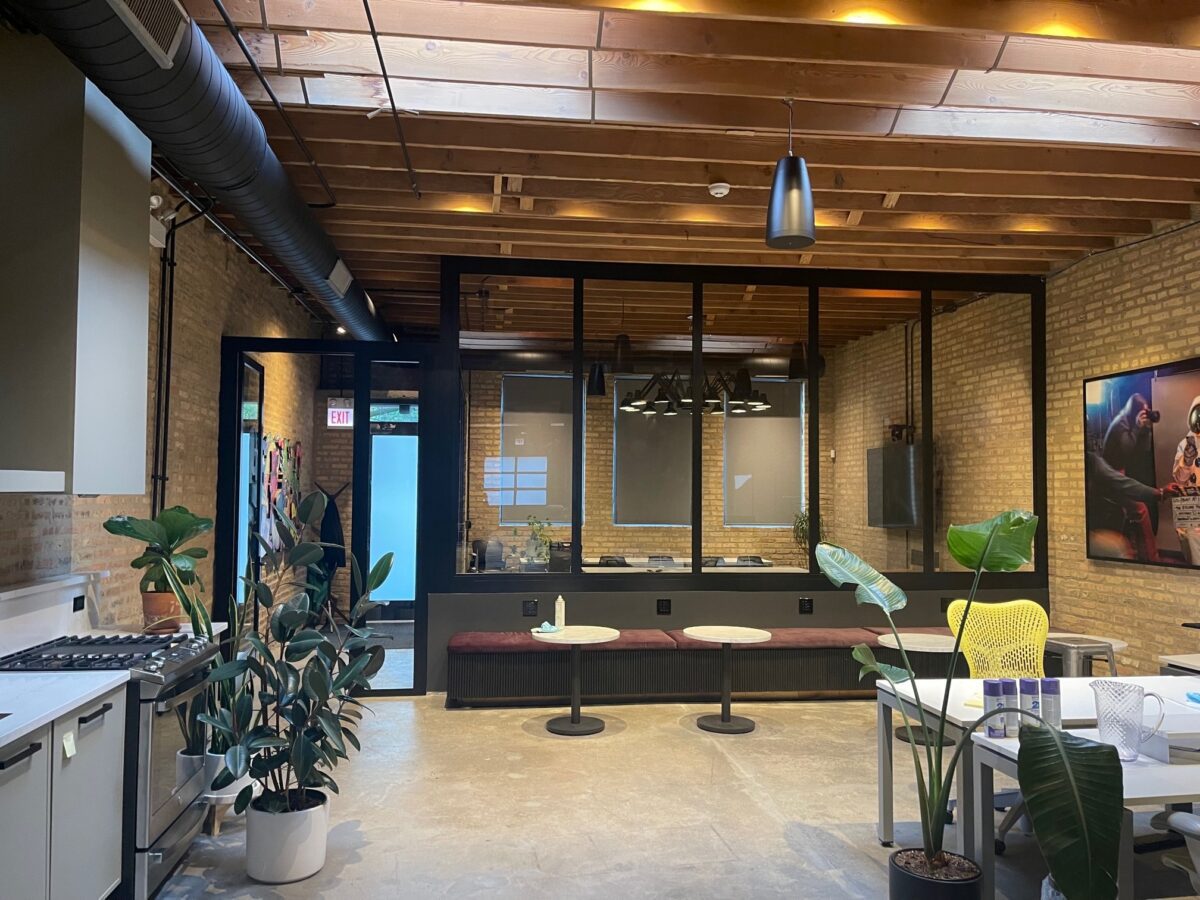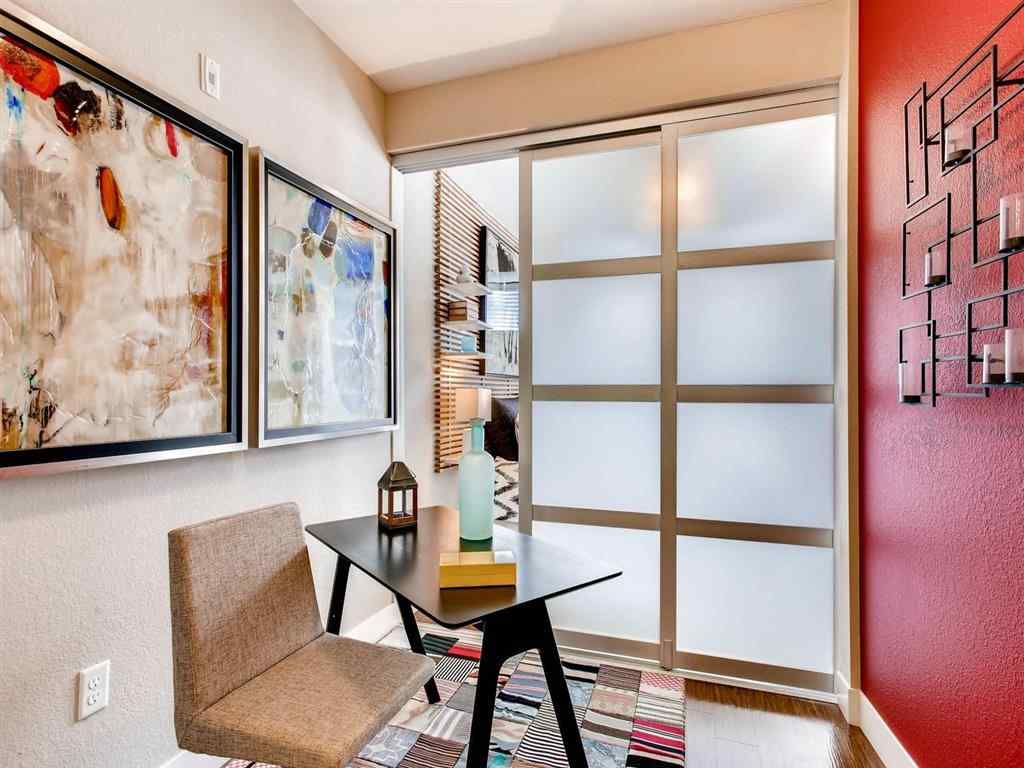The terms contemporary and modern are often considered synonymous. It’s easy to confuse the two—even interior designers occasionally slip up. While these two words may be similar in everyday language, they’re very different in the world of interior design.
Read on to learn more about the differences between the two styles and the history of modernism, which gave rise to the modern design movement.
Modern Design: Representing a Bygone Era
Modern design refers to a period in the early to mid-twentieth century. Figures like architect and designer Le Corbusier and power couple Charles and “Ray” Eames helped lead the way in defining the style. Their impact carries on to this day—the hit show Shark Tank incorporated Eames lounge chairs into its set redesign in 2017, for example.
At its heart, modern design is focused on form and function. It began with forward-thinking designers, artisans, and architects who rejected the excessive ornamentation and showiness of the Victorian era.
Modernists were interested in creating a lifestyle that was in line with the norms and values that took hold after the Industrial Revolution. What started as an intellectual movement soon came to influence all aspects of life, including literature, art, music, architecture, and interior design.
Characteristics of modern interiors include:
- Uncluttered spaces
- Simple details—nothing superfluous
- Exposed structural elements, like unfinished concrete floors or beams
- Clean horizontal and vertical lines, with few curves
- Natural materials, such as unpainted wood, leather, natural fibers, and metals
- A neutral color palette
- Plenty of natural light and few to no window treatments
- Reflective surfaces like steel and chrome
Streamlined silhouettes, natural materials, and earthy palettes are foundations of modern design.
The Rise of Mid-Century Modern
Modernism eventually gave way to mid-century modernism, which describes developments in design, architecture, and urban development that emerged at the end of the Great Depression and lasted through the mid-1960s.
Mid-century modern is like modern interior design in many ways, but the former incorporates non-traditional materials such as vinyl, plywood, Plexiglass, and Lucite. Today, the clean, simple lines and natural materials of Scandinavian design inform the mid-century modern style. Mid-century modern continues to influence interior designers today.
Contemporary: All About the Here and Now
The dictionary defines contemporary as “of the present time,” an apt description of the style. It’s all about present-day design. The contemporary style borrows from modernism, minimalism, bohemian, and other styles without leaning too heavily on any one style. Contemporary design does have some defining qualities, though, including:
- Neutral colors/muted hues
- Earthy materials like wood and ceramic
- Natural textiles like wool, jute, or hemp
- Clean lines and organic silhouettes
- Metals, including steel, nickel, and chrome
One of the most important aspects of the style is that it’s constantly evolving. For example, glass barn doors are a favorite in contemporary interiors today but had yet to be “discovered” until fairly recently.
Differences Between the Styles
Here are some of defining differences between contemporary and modern styles:
- Decorative pieces are used sparingly in modern design and are typically chosen only if they have a set function (a vintage typewriter, for example, or a throw, which serves both a decorative and functional purpose). In contemporary interiors, pieces are sometimes chosen purely for aesthetics.
- Elements like wood, stone, and leather are used liberally in modern design to prevent a space from feeling clinical. Contemporary interiors, on the other hand, may incorporate more industrial-inspired elements like concrete and steel.
- Furniture in modern interiors features clean, straight lines. Contemporary furnishings have curvier, softer edges, and they tend to focus more on comfort. Modern furnishings focus more on form.
- Conceptually, contemporary design is more fluid and tends to be more forgiving of trends since it’s a constantly evolving style. Modern design adheres to a stricter set of guidelines that emphasize clean lines, minimalism, and simplicity.
- Colors are more prominent in modern design, which often includes primary colors, turquoise and emerald, and moody colors like brown, rust, and hunter green. Contemporary design has a much stricter color palette, emphasizing black, white, and gray, and subdued hues like pastels.
Similarities Between the Styles
Both styles incorporate geometric patterns and elements, which is part of the reason the two can be confused. Other similarities between the two styles include:
- Clean architectural lines
- Open, airy floor plans
- Natural materials like wood, leather, and wool
- Exposed furniture legs
- Metal accents
- Reflective surfaces of glass or metal
- Minimalist aesthetics with no flashiness or ornate designs
Stylish Interior Doors for the Modern Home
Whichever style you choose—modern or contemporary—both celebrate simplicity, natural materials, and open-concept floor plans, which are universally applicable. The Sliding Door Company offers an impressive selection of interior door solutions for the modern home. Our sliding interior glass doors, room dividers, and glass barn doors are unrivaled for their simple sophistication and refinement.
Our experts will work with you to create custom doors and room dividers to your specifications that perfectly suit your space. We’ll help you choose from our ample selection of frame designs, glass types, and hardware to create the perfect look.
Visit one of our many showrooms located throughout the United States or schedule a consultation today. We look forward to helping you with your project!

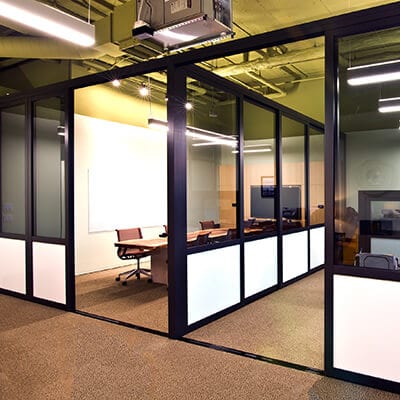
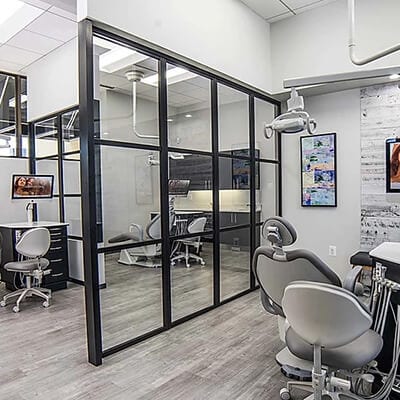 PARTITION WALLS
PARTITION WALLS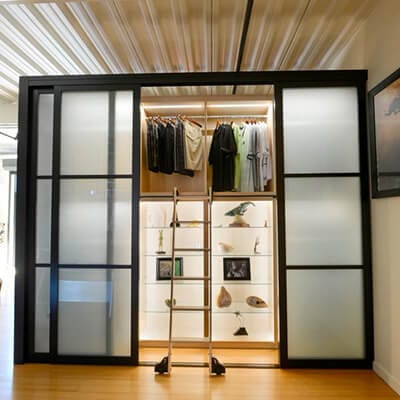 CLOSET DOORS
CLOSET DOORS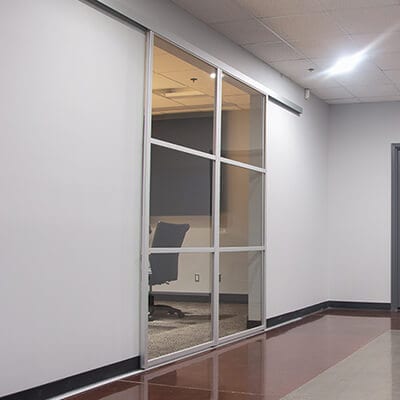 WALL SLIDE DOORS
WALL SLIDE DOORS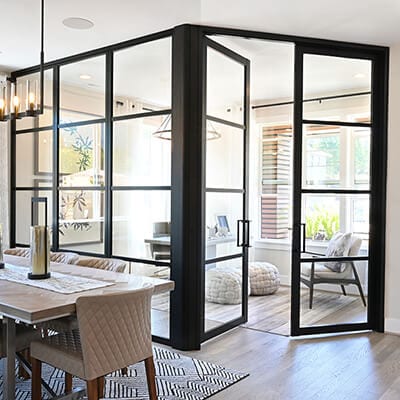 SWING DOORS
SWING DOORS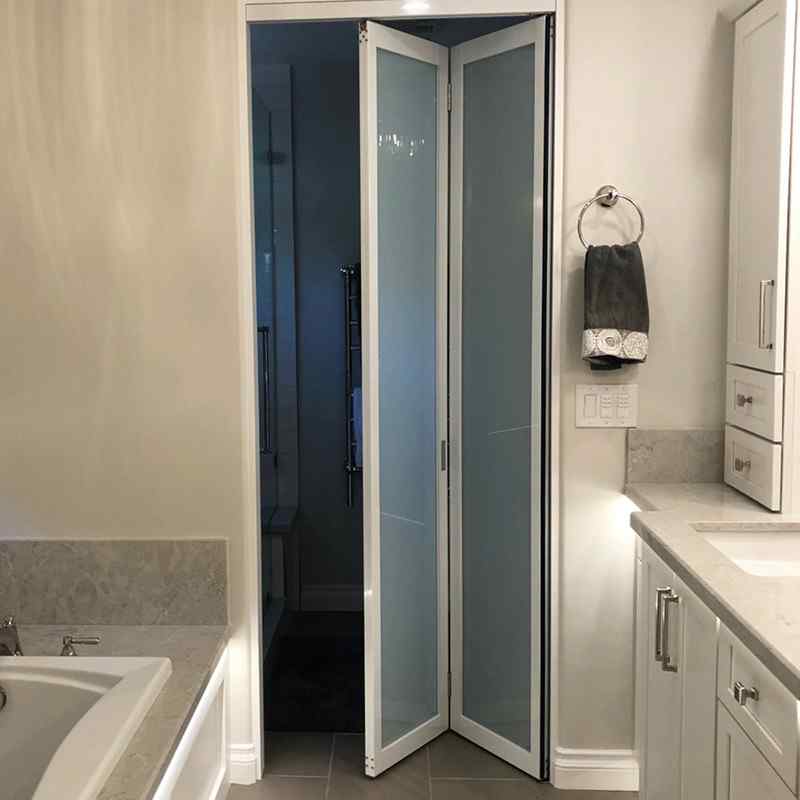 BI-FOLD DOORS
BI-FOLD DOORS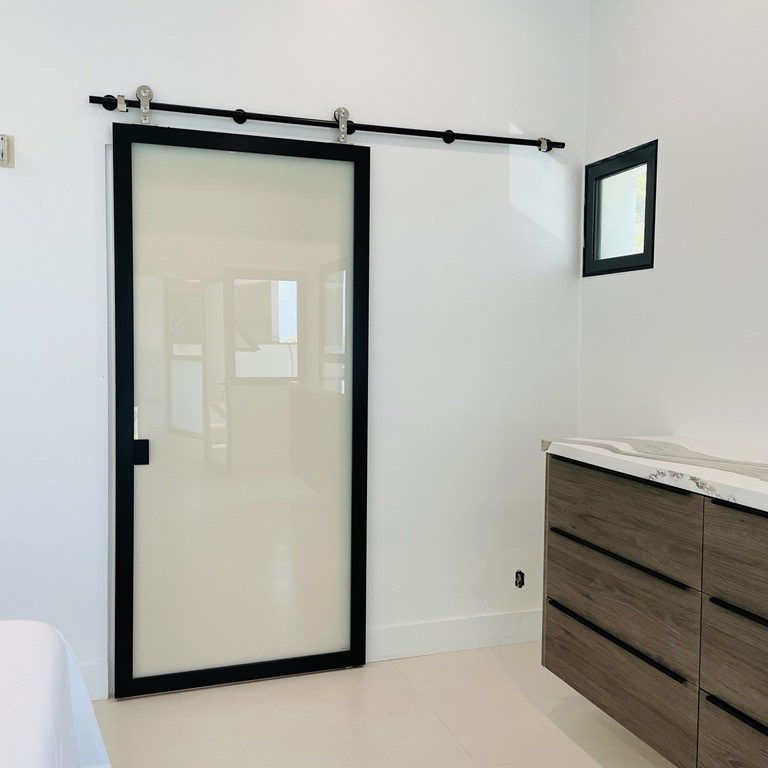 BARN DOORS
BARN DOORS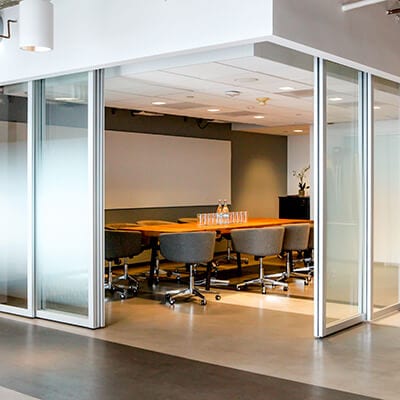 SUSPENDED DOORS
SUSPENDED DOORS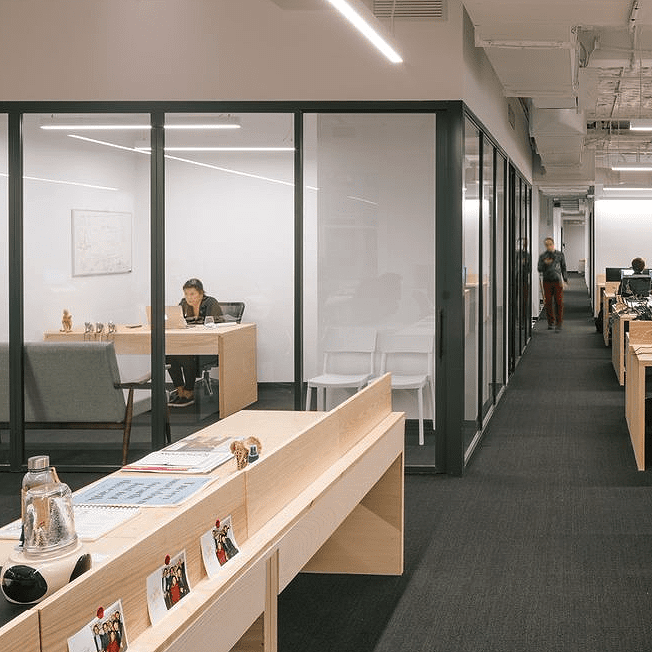
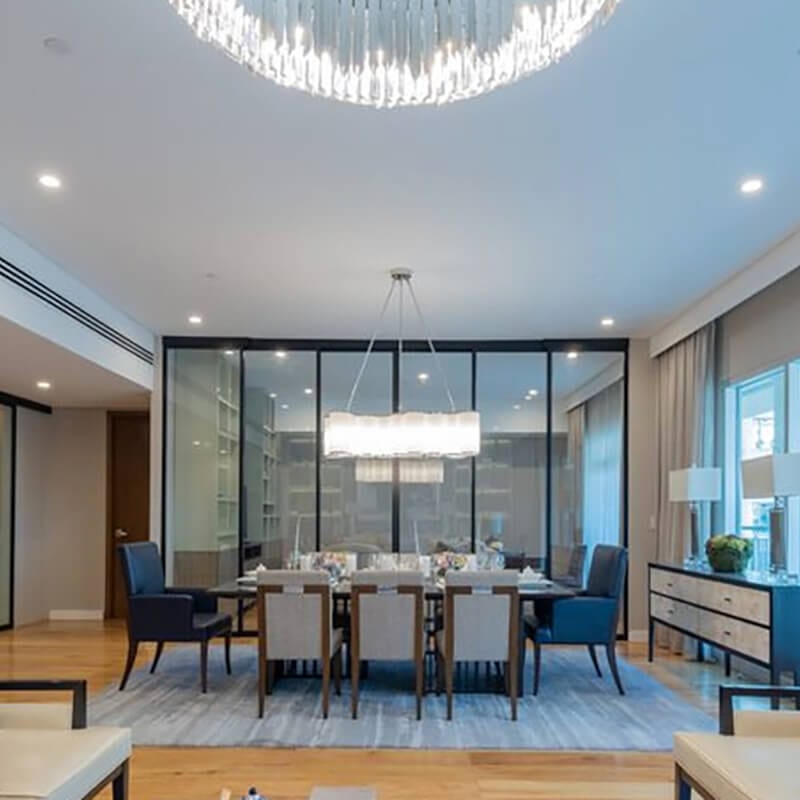 HOSPITALITY
HOSPITALITY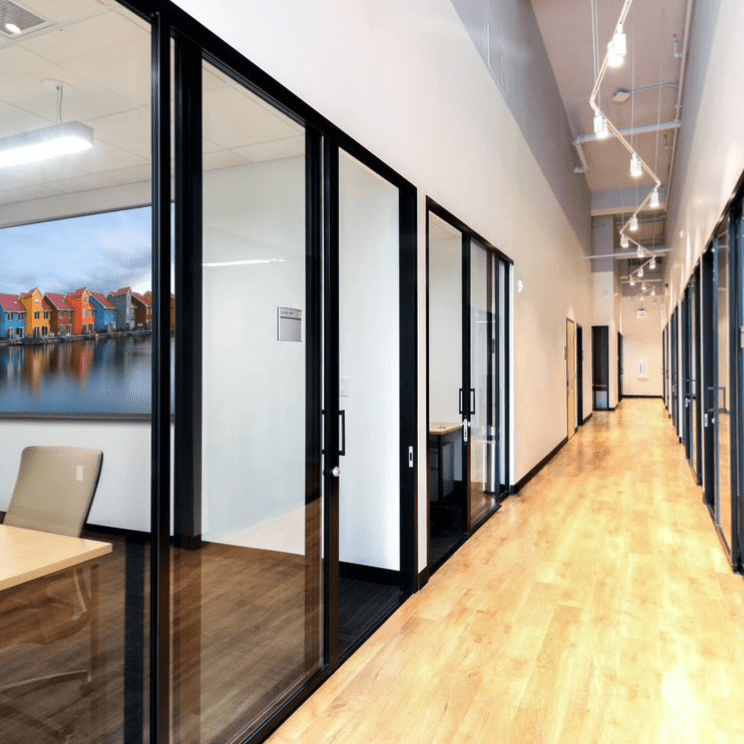 CO-WORKING
CO-WORKING HEALTHCARE
HEALTHCARE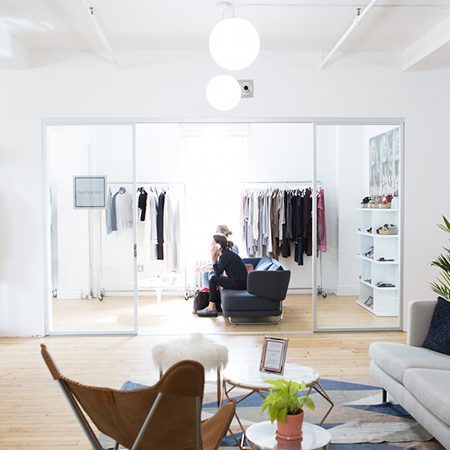 BRICK & MORTAR
BRICK & MORTAR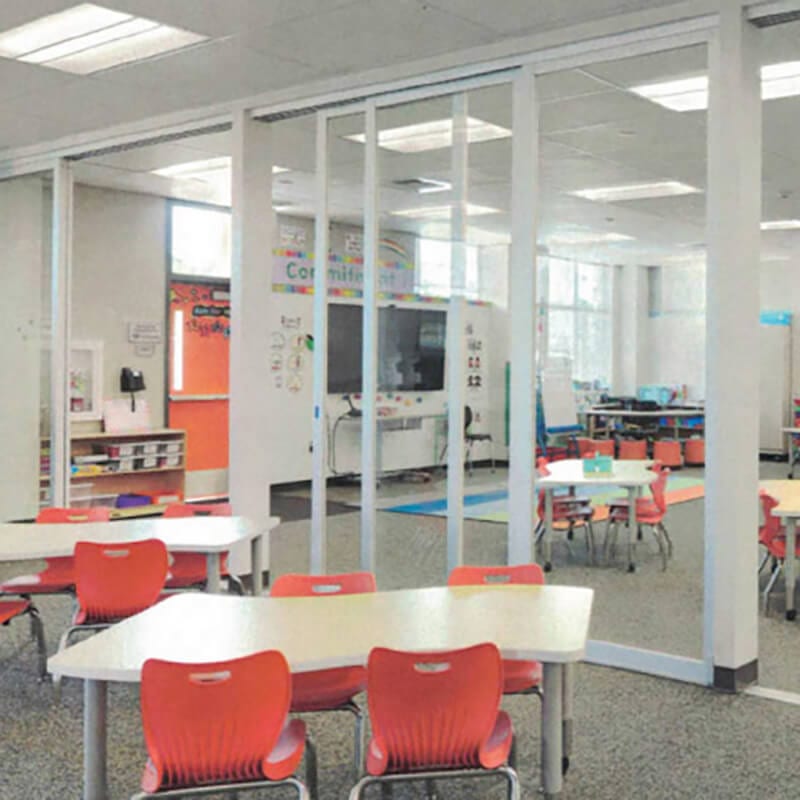 EDUCATION
EDUCATION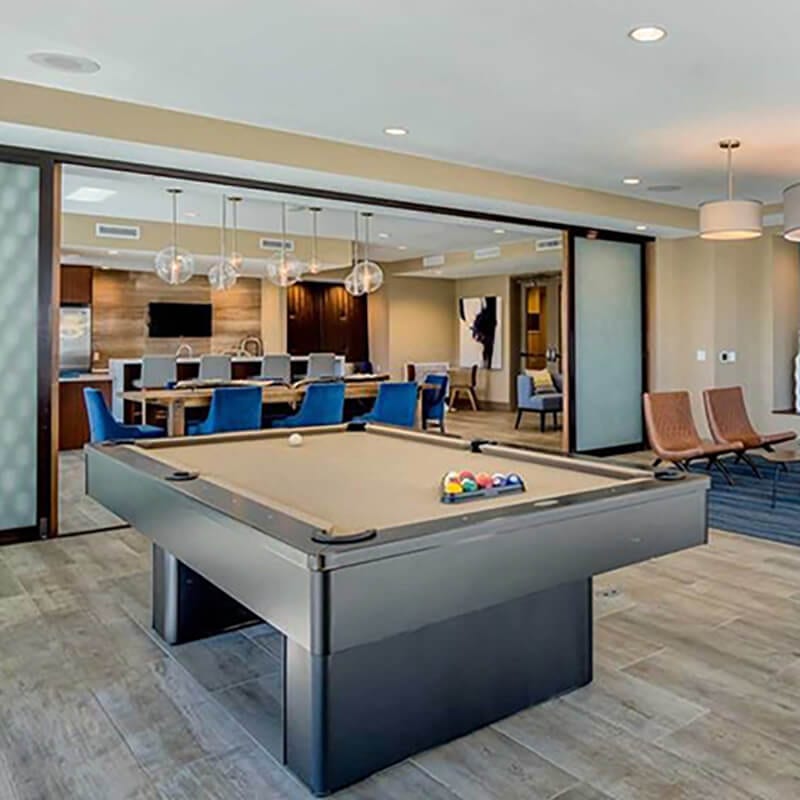 MULTI-FAMILY
MULTI-FAMILY BECOME A TRADE PARTNER
BECOME A TRADE PARTNER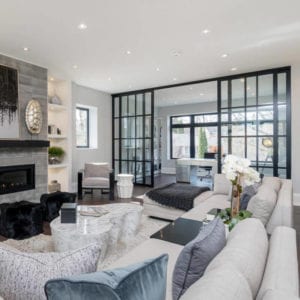
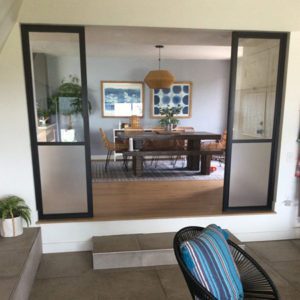 PARTITION WALLS
PARTITION WALLS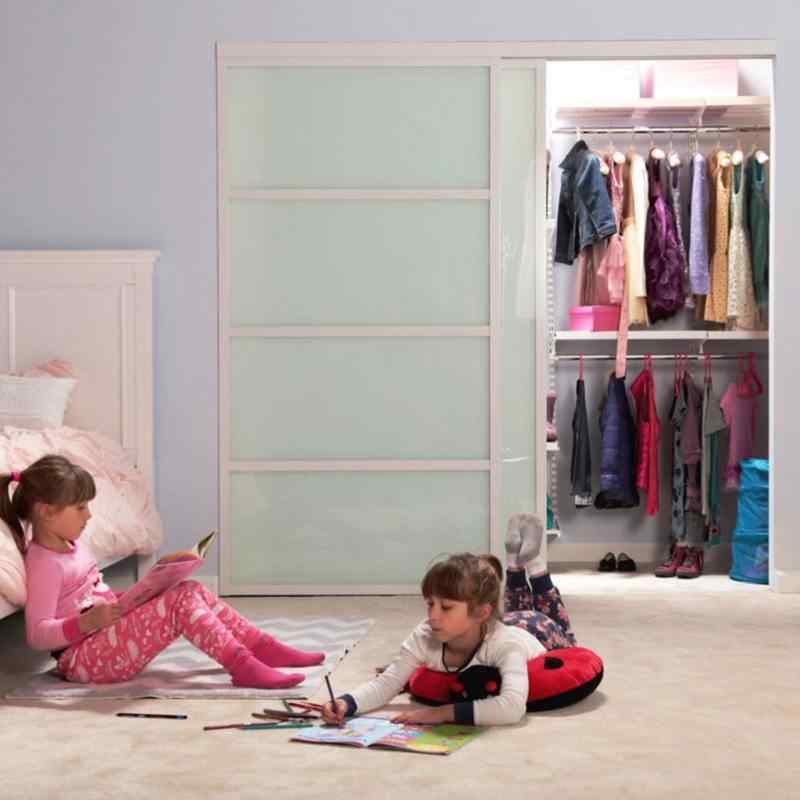 CLOSET DOORS
CLOSET DOORS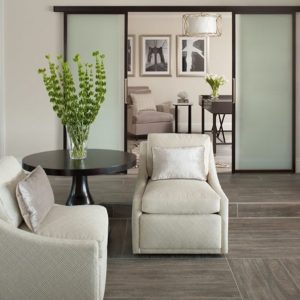 WALL SLIDE DOORS
WALL SLIDE DOORS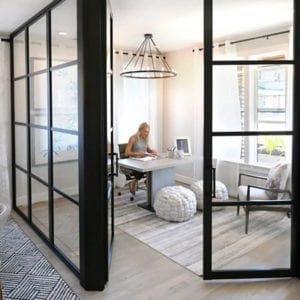 SWING DOORS
SWING DOORS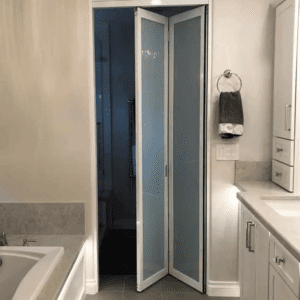 BI-FOLD DOORS
BI-FOLD DOORS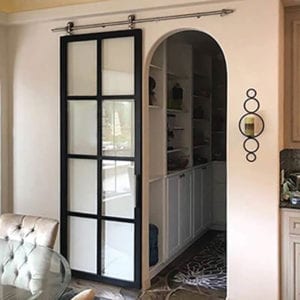 BARN DOORS
BARN DOORS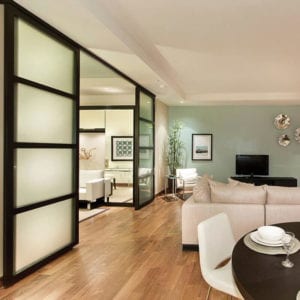 SUSPENDED DOORS
SUSPENDED DOORS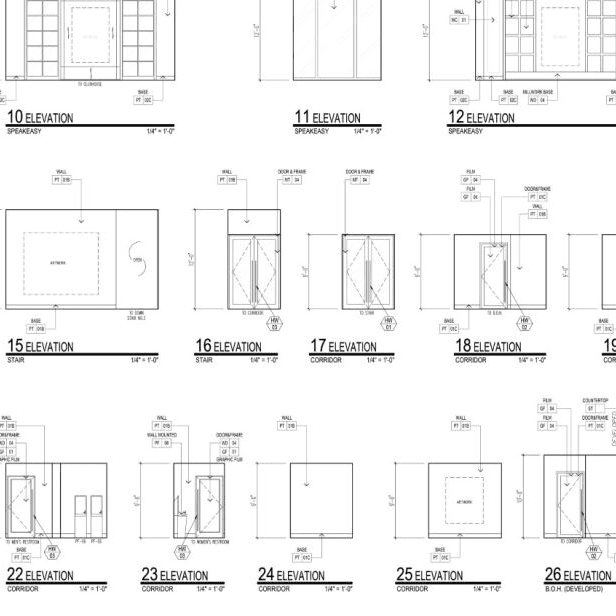

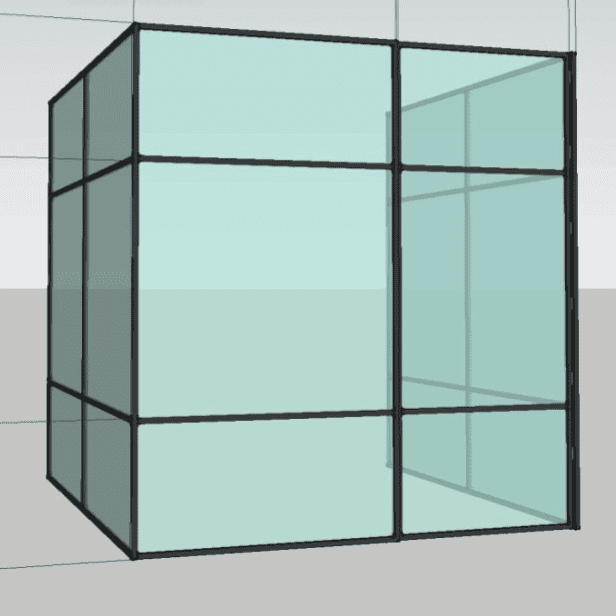
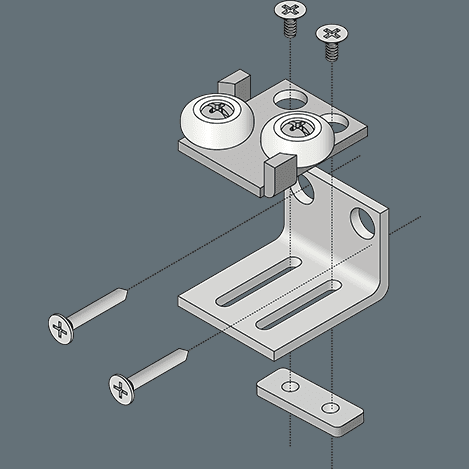
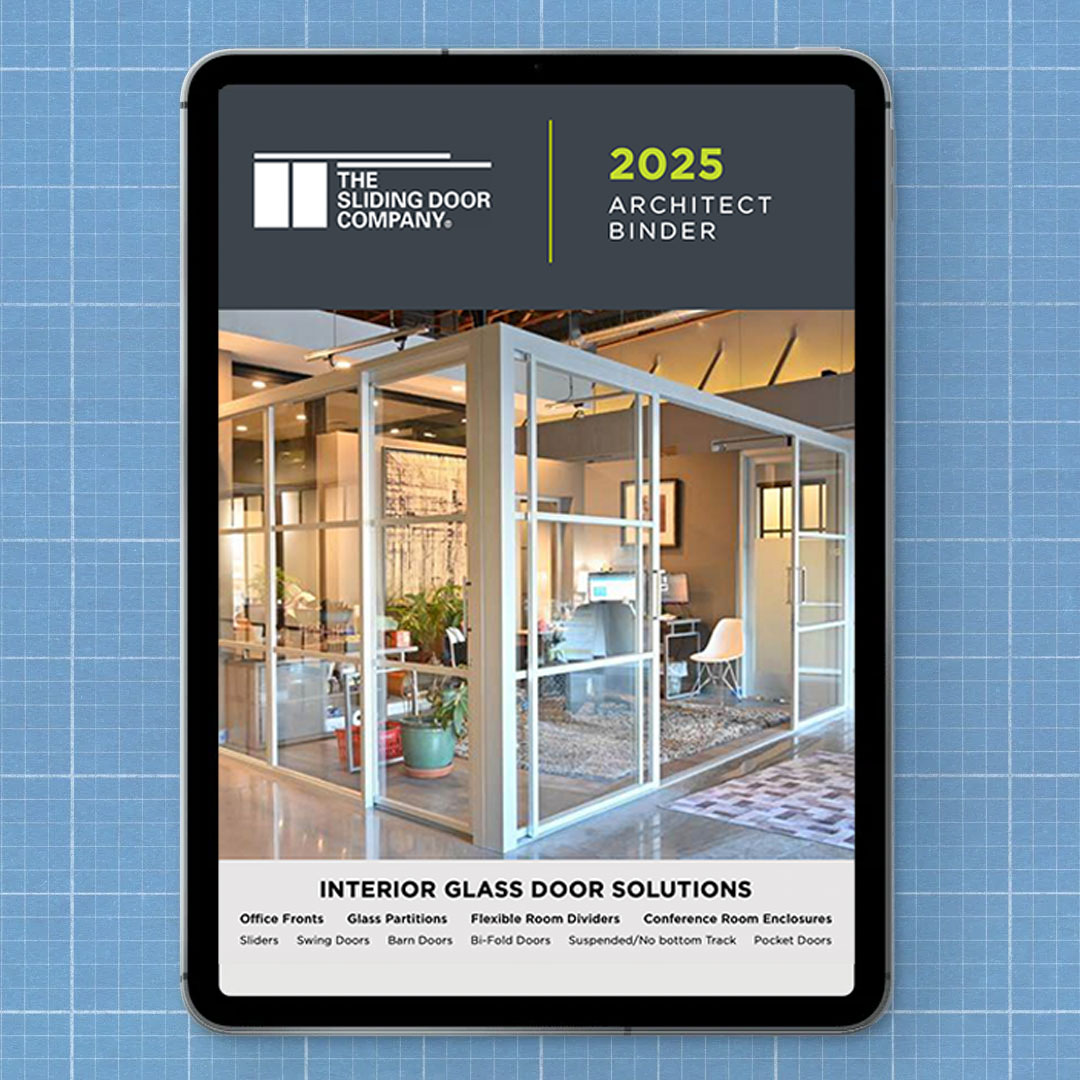
 10 REASONS
10 REASONS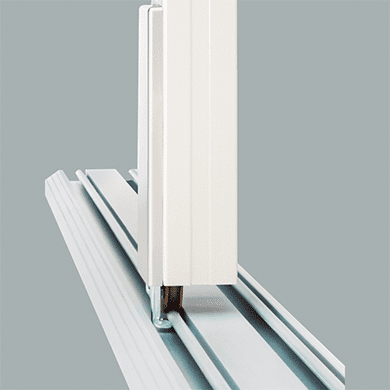 OUR PATENTS
OUR PATENTS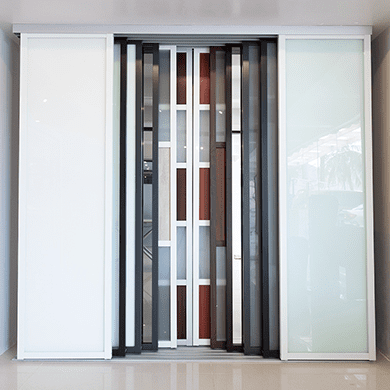 OUR PROCESS
OUR PROCESS OUR WARRANTY
OUR WARRANTY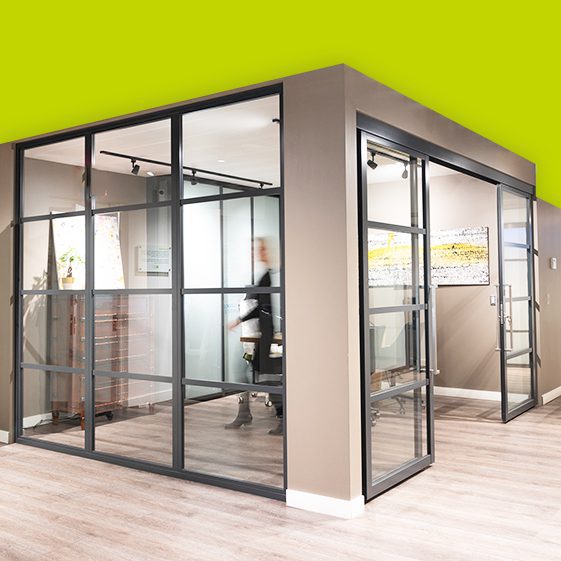 WHO WE ARE
WHO WE ARE CAREERS
CAREERS
